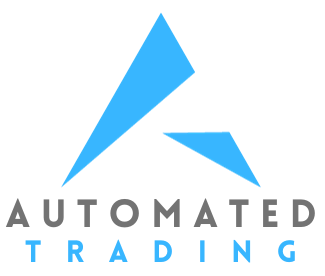Blockchain technology is a decentralized digital ledger system that records transactions across many computers in such a way that the registered transactions cannot be altered retroactively. This technology is foundational for cryptocurrencies like Bitcoin but has applications across various sectors, including finance, supply chain management, and healthcare.
Key Components of Blockchain
- Distributed Ledger:
At its core, blockchain operates as a distributed ledger that is shared among all participants in the network. Each participant has access to the entire database and its complete history, ensuring transparency and reducing the risk of fraud.
- Cryptography:
Blockchain employs **private key cryptography** to secure transactions. Each user has a pair of keys: a public key, which is shared with others, and a private key, which is kept secret. This cryptographic method ensures that only the owner of the private key can authorize transactions.
- Consensus Mechanisms:
To validate transactions and add them to the blockchain, a consensus must be reached among participants. Common mechanisms include **Proof of Work** and **Proof of Stake**, which help ensure that all copies of the ledger are synchronized and that the data is trustworthy.
- Blocks and Chains:
Transactions are grouped into blocks. Each block contains a list of transactions, a timestamp, and a reference to the previous block, forming a chain. This structure makes it nearly impossible to alter any information without changing all subsequent blocks, which requires consensus from the network.
How Blockchain Works
- Transaction Initiation:
A user initiates a transaction, which is then broadcast to the network.
- Validation:
Network participants (often called miners) validate the transaction using the consensus mechanism. This step ensures that the transaction is legitimate and that the user has the necessary funds or permissions.
- Block Creation:
Once validated, the transaction is bundled with others into a new block. This block is then added to the existing blockchain.
- Updating the Ledger:
The updated blockchain is distributed across all participants in the network, ensuring that everyone has the latest version of the ledger.
- Immutability:
Once a block is added to the blockchain, it is nearly impossible to alter. This immutability is a key feature that enhances security and trust.
Applications of Blockchain
Blockchain technology is not limited to cryptocurrencies. It has potential applications in various fields, such as:
Smart Contracts:
These are self-executing contracts with the terms of the agreement directly written into code, allowing for automatic execution when conditions are met.
Supply Chain Management:
Blockchain can enhance transparency and traceability in supply chains, allowing for better tracking of goods from origin to consumer.
Digital Identity Verification:
Blockchain can provide secure and verifiable digital identities, reducing fraud and enhancing privacy.
In summary, blockchain technology represents a significant advancement in how data is stored, shared, and secured, with the potential to revolutionize numerous industries.





